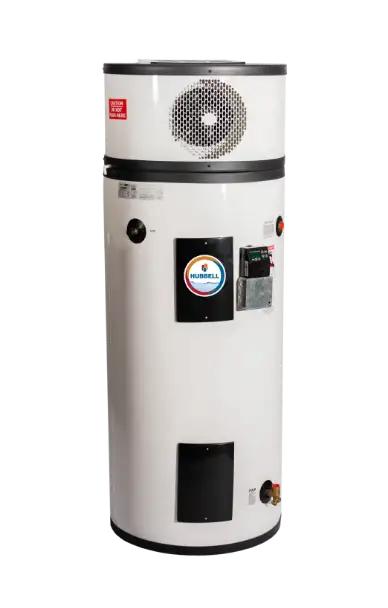Seafare Series
MSE
High-Capacity Shipboard Electric Water Heater
6–119 gallon capacity, up to 58 kW, single or three phase

USCG CONFORMANCE AND ABS TYPE APPROVED
SECURE AND RELIABLE INSTALLATION
HORIZONTAL OR VERTICAL CONFIGURATIONS AVAILABLE
HYDRASTONE CEMENT LINING
CORROSION-FREE COPPER-SILICON TAPPINGS
POLYURETHANE FOAM INSULATION
BUILT-IN HEAT TRAP
Applications
Marine ships, yachts, cruise ships, ferries, cargo ships/freighters, and more.
Seafare Series
MSE
High-Capacity Shipboard Electric Water Heater
6–119 gallon capacity, up to 58 kW, single or three phase
USCG CONFORMANCE AND ABS TYPE APPROVED
SECURE AND RELIABLE INSTALLATION
HORIZONTAL OR VERTICAL CONFIGURATIONS AVAILABLE
HYDRASTONE CEMENT LINING
CORROSION-FREE COPPER-SILICON TAPPINGS
POLYURETHANE FOAM INSULATION
BUILT-IN HEAT TRAP
Applications
Marine ships, yachts, cruise ships, ferries, cargo ships/freighters, and more.






